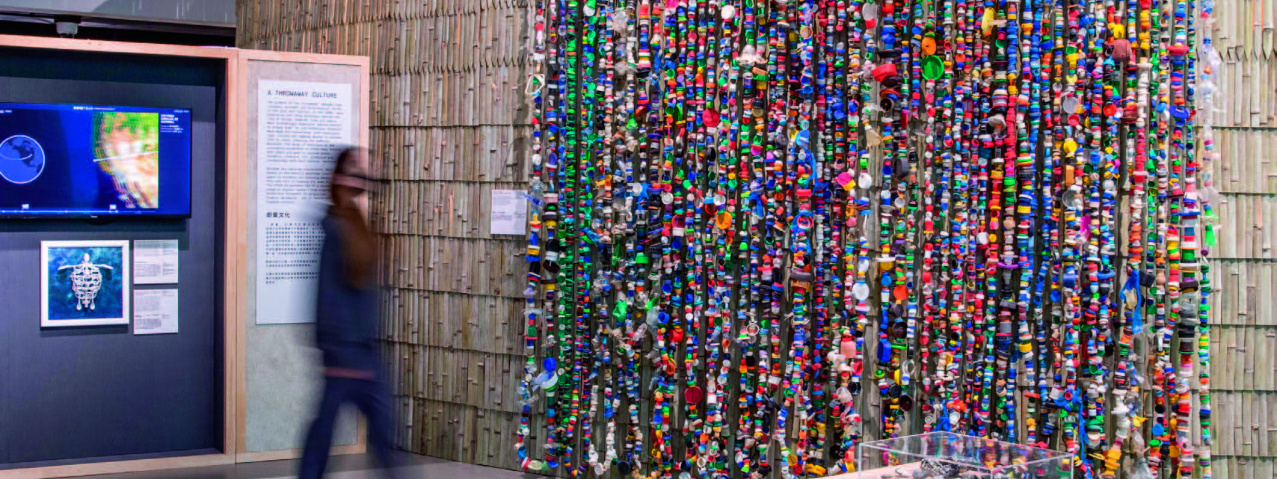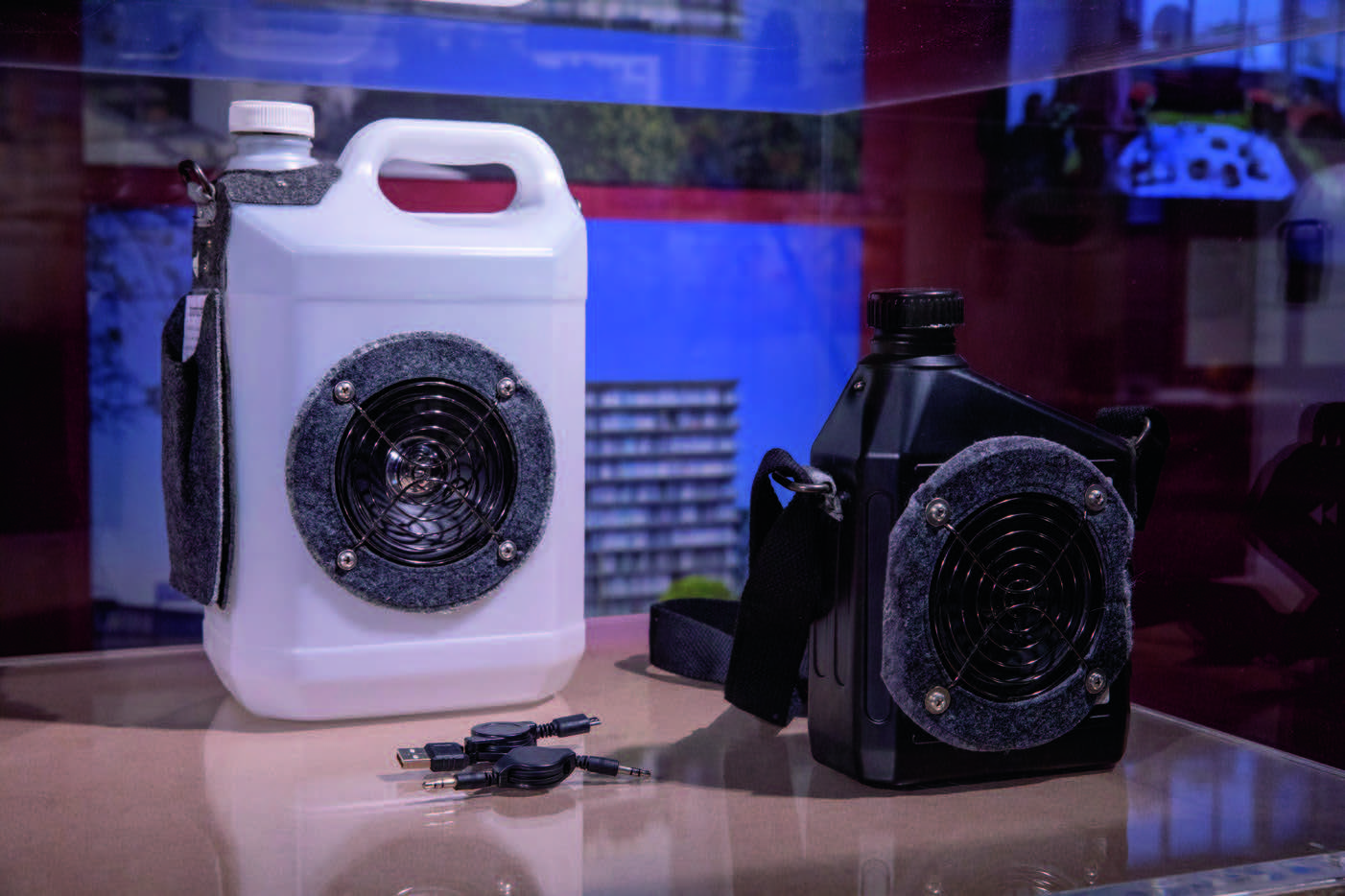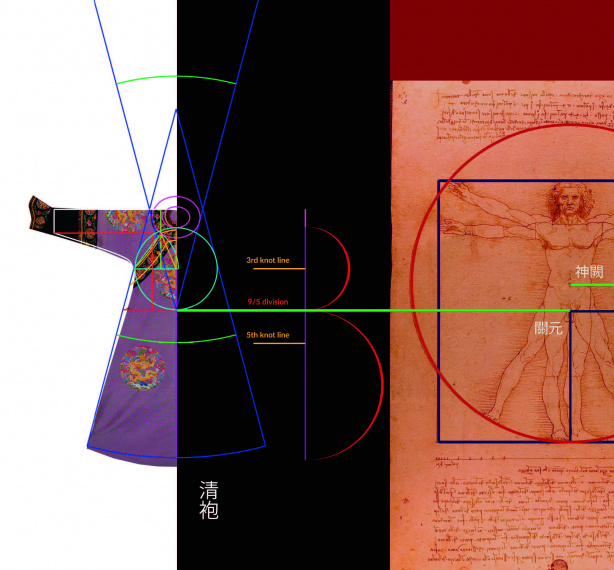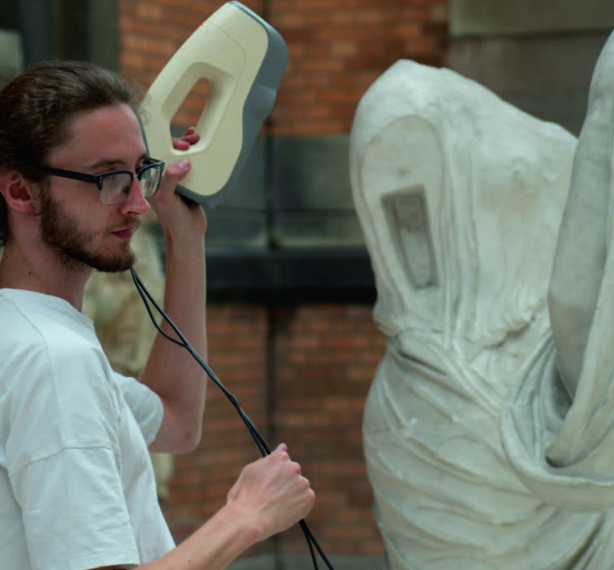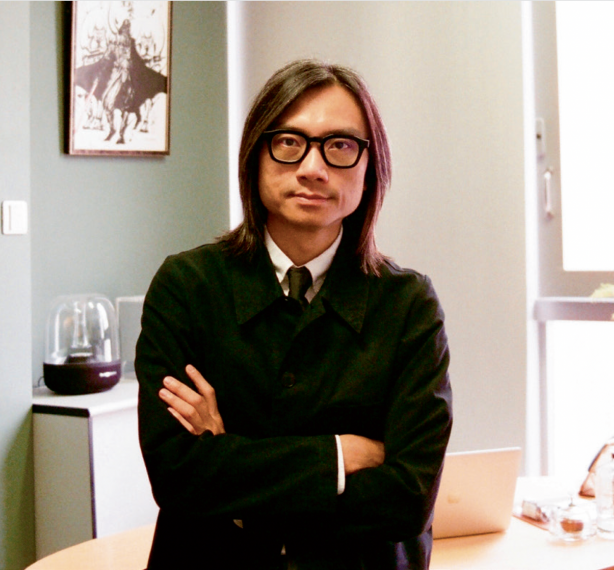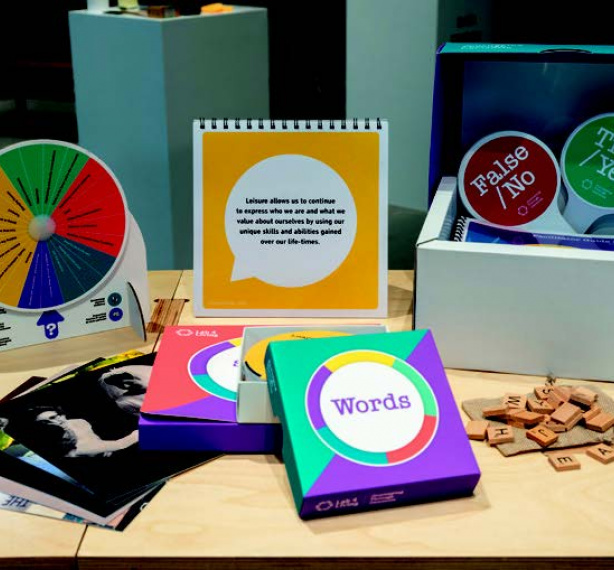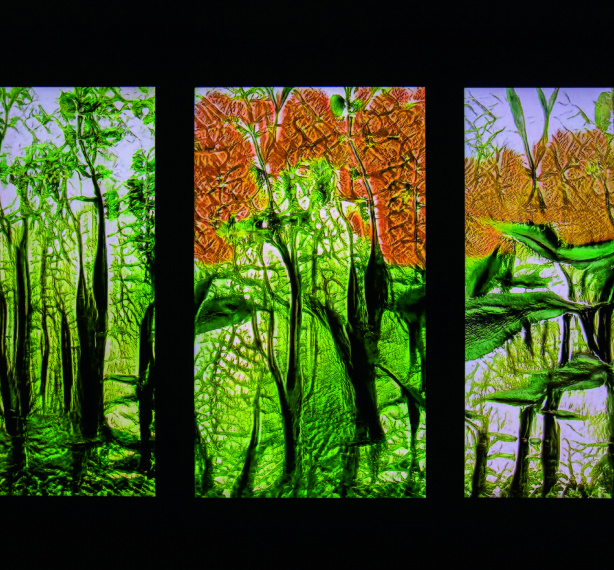Over-consumption and catastrophic wastes are destroying the environment. "Waste Age: What Can Design Do?", the latest exhibition presented by HKDI Gallery is set to find out how design can mitigate this problem.
As HKDI's first collaboration with London's Design Museum, Waste Age has curated installations in three themes to explore how design can make a change. Peak Waste
discusses the scale of the problem by observing beyond our current toxic waste infrastructures, and exploring the environmental, social and geopolitical forces at work. Precious Waste lays out how design transforms waste into valuable resources and changes our mind about value, while Post Waste introduces viewers to new ways of living with the Earth and not from it.
The star-studded list of international and regional designers features Formafantasma, Stella McCartney and Studio Drift, as well as the successful case of The Billies System, a textile recycling process that closes the loop of waste from the fashion industry, the "BioChar Cement and Mortor" by Carbon Lite System, an innovative solution to combat the carbon dioxide emissions that wood waste produces in local landfill sites.
A tale of waste in two cities
Prior to landing at HKDI Gallery, Waste Age was previously presented in London. Chief Curator of the exhibition and Director of Future Observatory of Design Museum Justin McGuirk is happy to bring Waste Age to Hong Kong. He noted the issue of waste and the potential of recycling are yet to reach mainstream consciousness in Hong Kong. "The beauty of the exhibition is that it is not chiding people for their wasteful behaviour but demonstrating that a less wasteful way of life is possible and that the change
is already underway," said McGuirk. He also shared that both London and Hong Kong regard highly of efficiency and convenience. Yet, the convenience culture demands disposability, and disposability is a systemic issue that is very hard for design to address.
He further explained, "Designers can come up with a biodegradable coffee cup lid but they're not asking whether we need a takeaway coffee at all." He opined that many waste issues would be solved if we could just slow down.
The value of recycling waste
McGuirk further commented that the whole system is rigged to make replacement cheaper than repair. Brands should do more in the design, manufacturing and sourcing of their products to make more choices for waste reduction available. Legislation to minimise single-use plastics and unnecessary packaging will also help. Kevin Cheung, a local artist featured in Waste Age, shows viewers a playful example of waste transformation. His BoomBottles is a trendy portable outdoor speaker that turned an
everyday item discarded daily in Hong Kong into something valuable. He also advised students to contribute to promote a greener lifestyle. "Start with a humble approach. Consider fulfilling customers' needs in ways other than consuming, or creating with materials that we already have," said Cheung.
HKDI lecturer of Communication Design and featured artist Vincent Lee visualised the severity of ocean waste with his work Turtle, highlighting how human behaviours are pushing species to extinction. He encouraged students to harness the power of visual communication and help spread the important message. "Communication Design can get the message across and improve public awareness." He also quoted colour-coded recycling bins, clear signages for locating recycling facilities, as well as other memorable graphics used in social media and print advertising as effective tools for advocating a greener life. At HKDI, the teaching staff would line up with environmentally conscious organisations and collaborate as much as possible to achieve more enriching outcomes.
New ways of living in a wastefree future
Certainly, recycling alone is never enough. Diverse approaches and multiple solutions at the global, national and local levels are needed to tackle the waste crisis. Designers
need to think ahead to ensure a product is more durable, repairable and recyclable. McQuirk suggested, "One way to do so is replacing fossil-fuel derived materials like plastics with natural materials such algae, paper or mycelium, or new materials derived from agricultural waste."
Many young designers are doubling as material researchers to make this happen. Many more designers are seeking cross-disciplinary collaborations with biologists, chemists and engineers to drive a systemic change. Their great work will offer many more good choices and help consumers do their part of buying less. When everyone chips in and keeps reusing, repairing and recycling resources, things can stay in use for longer, and a waste-free future is not impossible.
|
